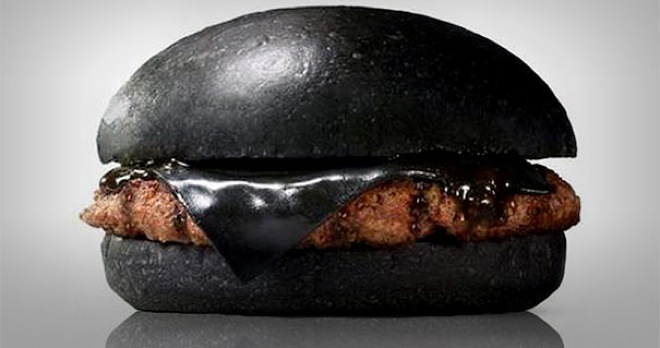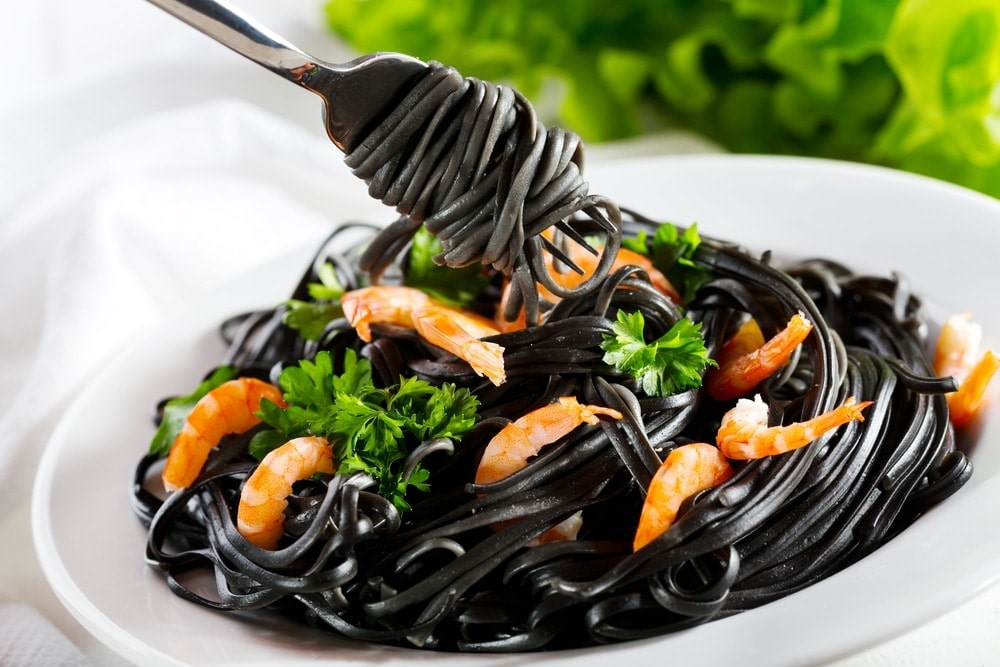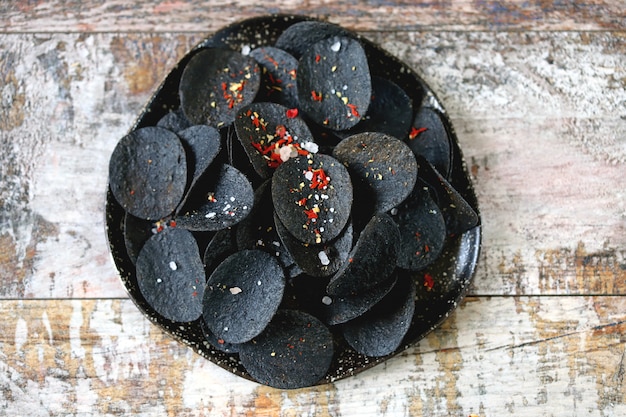

07 Dec Art-717-performance-how to taste color -black ?
The world has taken over the fashion of dishes in black. Our mothers or grandmothers always told us that people eat with their eyes. From an early age, we learn not only the taste, but our brain remembers the shape, color, and taste of the product we try. If we were blindfolded and given orange juice, our brain imagined a round fruit with an orange peel.
Yes – because we are curious if it tastes different, although sometimes people are afraid to try new things. On the social networking site Facebook or Instagram, there are plenty of restaurants advertising dishes in which black is the dominant color, and many people experiment in the kitchen.
The color black in Chinese medicine is associated with the Kidneys. Food of this color is best eaten in winter because it is the time of the year during which we should store energy. The kidneys play an important role in this process, and black food enhances them. For any Kidney-related deficiencies (feeling cold in the body, lower back pain, knee pain, night urination, tinnitus, etc.) the inclusion of black-colored products will tone them. The Chinese also believe that dark purple and dark blue food also enhances the Kidney and Bladder aspect of the Water element.








The black color of food is due to the presence of natural pigments called melanins. They protect against the harmful effects of excessive exposure to UV radiation and are responsible for the pigmentation of the skin, hair, and iris. They participate in the proper course of vision and hearing processes and protect the brain against neurodegenerative processes. It is surprising how the effect of melanins coincides with the effect of black foods on the functioning of organs related to the transformation of Water. Foods in black color restore the dark color of gray hair, have a beneficial effect on the brain (“marrow sea”), reduce tinnitus, and have a positive effect on the sense organs. responsible for the dark pigmentation of organisms. Their presence has been found in some edible mushrooms, fruits, vegetables, seeds of cultivated plants, black tea, caviar, and meat of hyperpigmented hens. Sun-dried fruits contain a lot of melanin, unlike those sulphurized . Melanins have a number of potentially health-promoting properties, e.g. antioxidant and hepatoprotective activity, the ability to lower blood sugar levels, and chelate metal ions.
What are the dishes colored with?
Food dyes
Squid ink
bamboo charcoal
Medicinal charcoal
Black sesame
Black rice
Licorice




Sorry, the comment form is closed at this time.